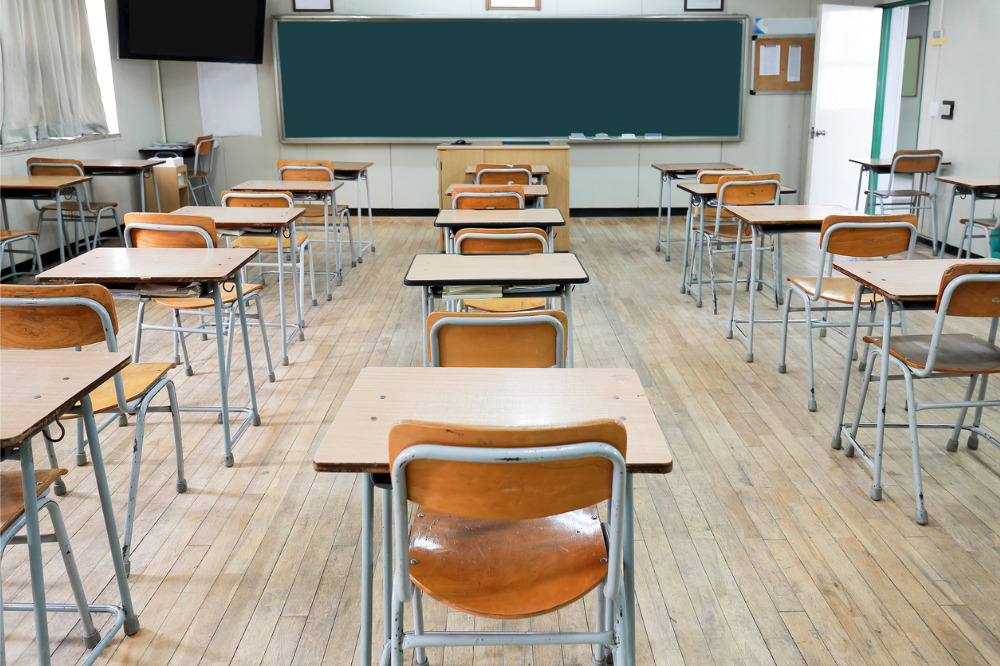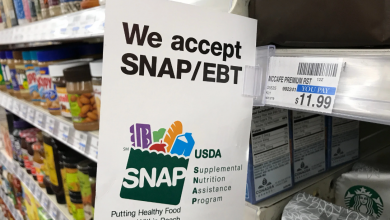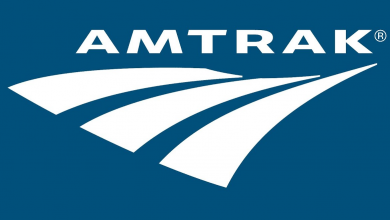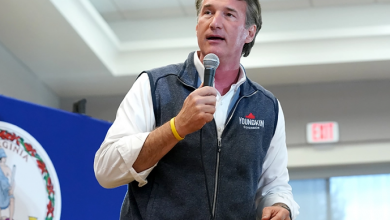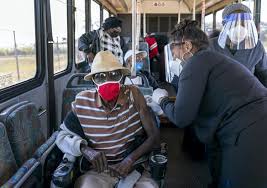
Two months after the first COVID-19 shots were administered, the race to vaccinate older Americans is gaining traction, with more than a third of people 65 and up having received their first dose in states that have provided data.
The finding comes from an Associated Press analysis of information from 27 states where data is available. Those states account for just over half of all first doses administered nationwide.
“This is very good news. This is a sign we’re doing it right,” said Ali Mokdad, professor of health metrics sciences at the University of Washington in Seattle. Vaccine hesitancy is dropping quickly as older Americans talk to their friends who have been vaccinated, he said. “They’re watching people they know get the vaccine and seeing it’s safe.”
The effort is uneven, with many other states still lagging behind on vaccinations of the higher-risk population.
Mokdad added: “We can do better. I can’t wait for the day when all those who want the vaccine can get the vaccine. The system we have in place is working. We have to keep pushing for more vaccine.”
In Indiana, Alaska and West Virginia, almost half of the population 65 years and older has received the first dose. In North Carolina, Louisiana, Colorado, Florida and Utah, about a third of that population has received the first dose.
Oregon, Pennsylvania, Kansas, Nebraska and Maryland, are on the lower end, with 20% or less of the 65-and-older population. The administration of Pennsylvania Gov. Tom Wolf and a bipartisan group of state lawmakers said Wednesday that they would create a vaccine task force that will brainstorm ways to administer COVID-19 shots more rapidly.
As of Wednesday, the federal government had distributed 46.4 million vaccine doses to states and other jurisdictions, according to statistics from the Centers for Disease Control and Prevention. So far, almost 34 million people, or 10% of the U.S. population, have received at least one dose of the vaccine. Nearly 10.5 million people, or 3% of the population, have received both doses.
President Joe Biden, who is moving to ease supply bottlenecks, announced Thursday that the U.S. will have enough supply of the two-dose vaccine by the end of the summer to inoculate 300 million Americans. He said the U.S. had secured contractual commitments from Moderna and Pfizer to deliver the 600 million doses by the end of July — more than a month earlier than initially anticipated.
Older Americans have borne the brunt of the deaths and hospitalizations from the virus, which has claimed more than 473, 000 lives in the U.S. About 80% of the people who have died from COVID have been adults 65 and older.
There’s not yet enough data to analyze whether vaccination is reducing infections and deaths in that age group, Mokdad said. But his research center, the Institute for Health Metrics and Evaluation, plans to look at that during the coming weeks.
Experts recommend that people continue wearing masks and practicing social distancing even after receiving COVID-19 shots. Although recipients are expected to get some level of protection within a couple of weeks of the first shot, full protection may not happen until a couple weeks after the second shot. It’s unclear whether vaccinated people can still spread the virus.
Still, the vaccines have already had a real impact on the lives of older Americans.
Stephanie LaBumbard, 80, spent most of last year alone and separated from family at home in Cadillac, Michigan. Now she’s feeling a surge in positivity after getting her second vaccine dose.
“I’m not home free yet, but I feel in a lot better shape,” LaBumbard said. She has yet to change her cautious behavior but is making plans to do so and couldn’t be happier about it. Being able to go out with friends again seems “just an absolute miracle.”
“It’s so wonderful to realize that we can be back to normal or something like it.”
She’s especially happy to be able to worship in person at her church, where she will return Sunday after taking part via Zoom for months. She had to give up volunteering at a hospital and getting coffee and dinner with friends, but she especially missed her family.
I was alone at Thanksgiving. I was with just one of my sons for Christmas. Especially when you get to my age … I feel young, but you don’t know, this could be my last Christmas,” she said, adding that she’s pleased with Michigan’s vaccine distribution. “It seems to me that they have done a fantastic job up here. They had everything so well organized.”
It’s a different story in North Carolina’s rural Warren County, where Leticia Bonilla has been frustrated by an inability to make a vaccine appointment locally and would prefer not to wait in line at a mass vaccine clinic in another county.
The 66-year-old retired teacher said the nurse at her doctor’s office offered to help her get on a waiting list, but she declined because it felt too uncertain.
“I said, ‘Well, how long is the list?’ She said, ‘I don’t know. We don’t have any vaccines yet.’ And I said, ‘Well, why would I put my name there?’ … And I just hung up,” Bonilla said.
North Carolina’s vaccine distribution process runs through a decentralized system that enables county health departments and vaccine providers to develop their own processes for making vaccine appointments.
“It makes it very nice that at least when you feel safe you have somebody to be safe with,” Lynn Bender said. “We’re to the point now that we can socialize with somebody, play cards or mahjong.”
They have especially missed attending art and craft fairs and supporting artists and artisans around the country throughout the year, something they are looking forward to doing when they can let their guard down further.
“We really haven’t changed much, everybody’s still being cautious,” she said. “But as one of my friends says, knowing you’re not going to die makes you feel better.”

